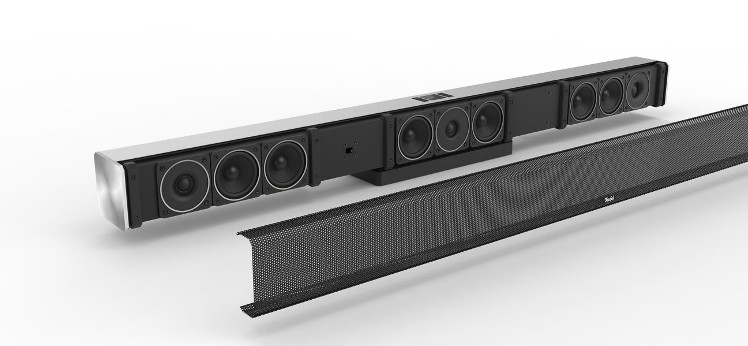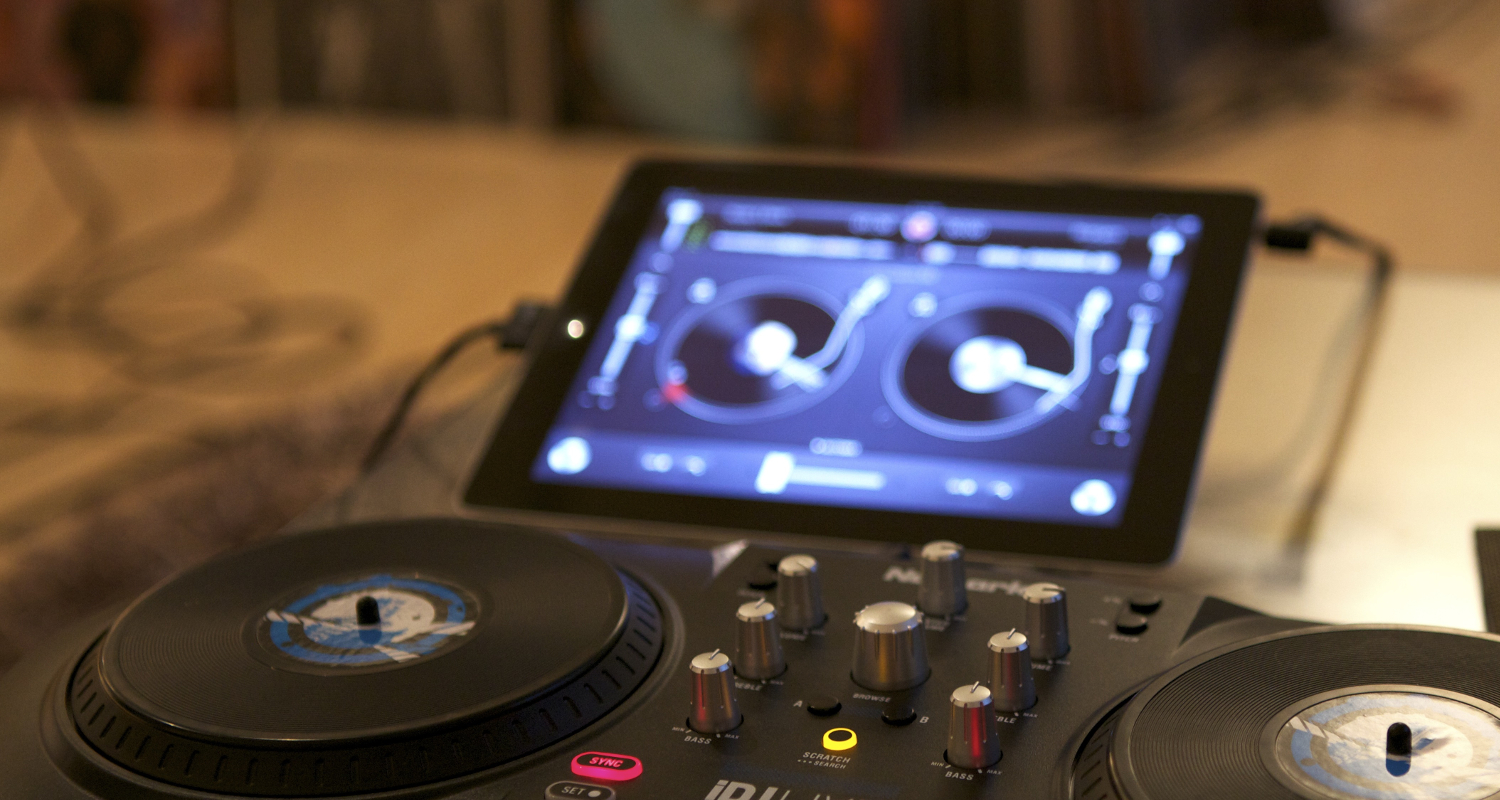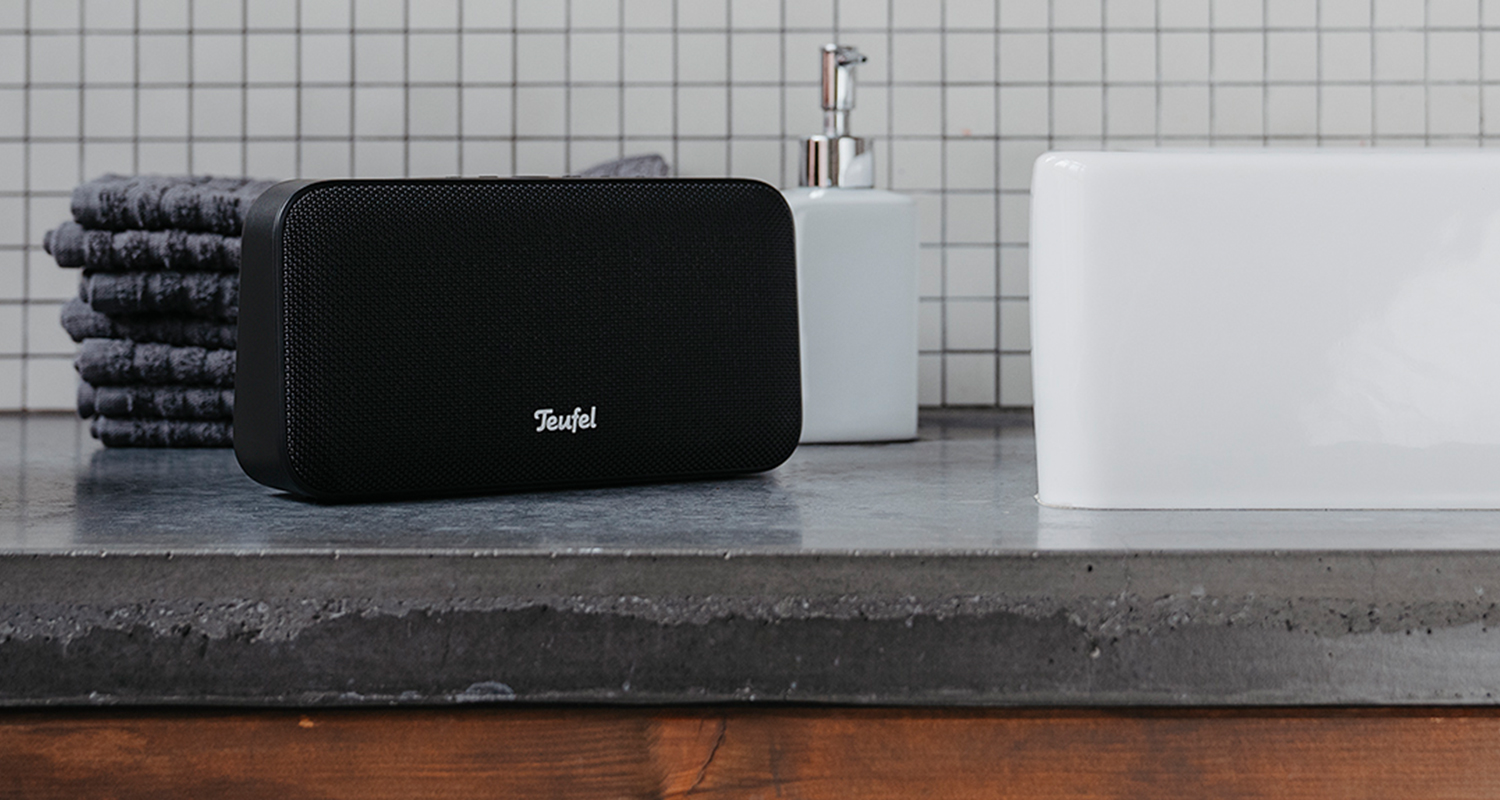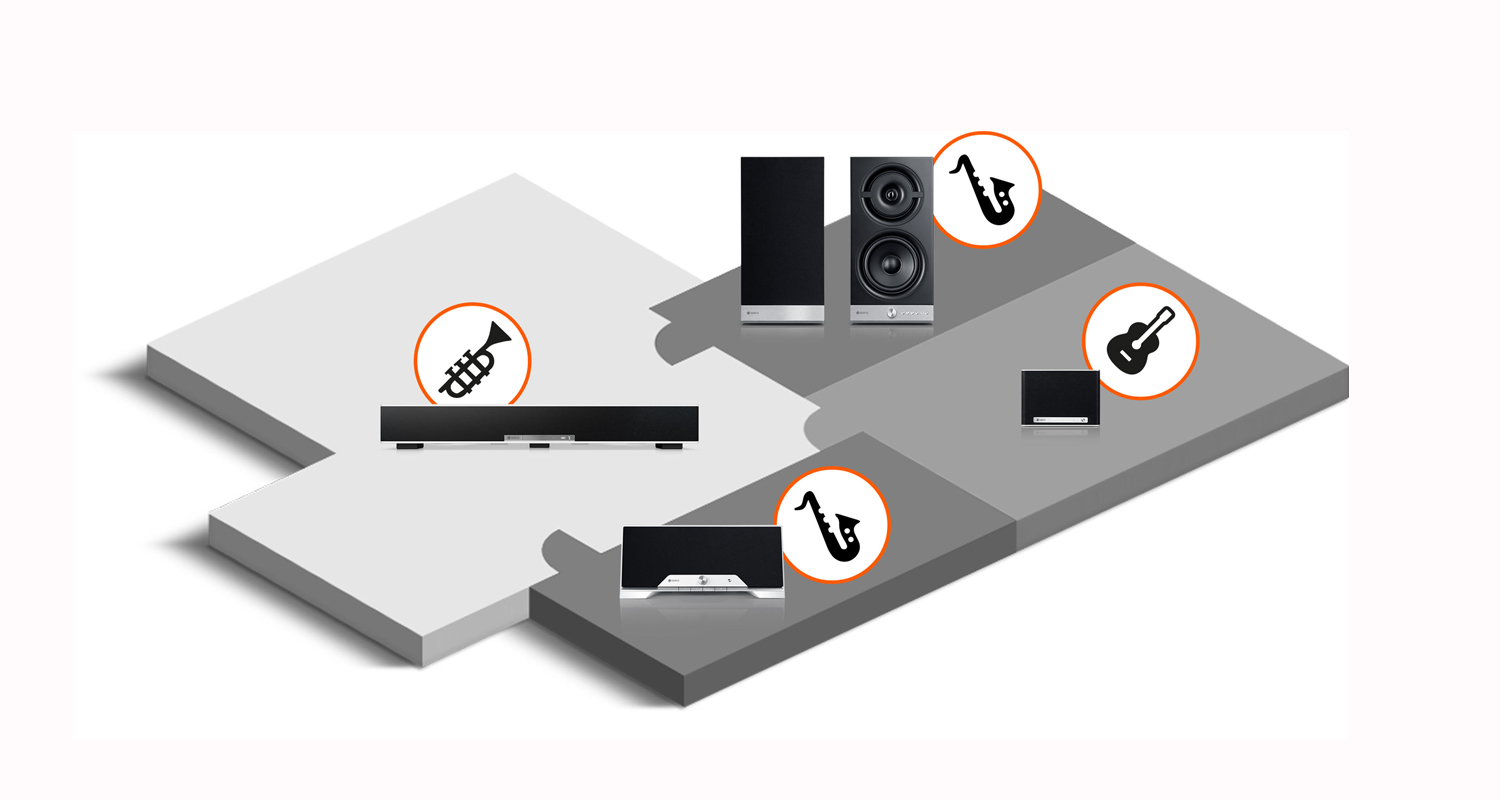In the world of Hi-Fi, the law of nature applies: there can be no sound without transducers (sound converters). With the exception of acoustic nerds, however, very few people know anything about this component that is inside every loudspeaker. We explain exactly what transducers are for and how they work. It gets a bit technical in between, but it’s worth reading.
A sound converter converts sound…
As trivial as this explanation may sound, it’s really not far off. It’s really about transformation; what’s important is what’s being transformed. In loudspeakers and headphones, transducers are responsible for extracting sound waves from electrical signals. They are used wherever, for example, recorded (reproducible) music is to sound – regardless of the type of storage medium. This applies to digital data as well as to analogue information stored in the grooves of a vinyl recordOpens in new tab.
However, sound transducers are also involved when the sound waves travel the opposite way – namely during recording. Microphones are also sound transducers. They transform sound waves into electrical signals.
This gives a brief overview of the basic tasks of transducers. Next, you’ll learn how they work in practice.
How do transducers work?
A sound transducer in a loudspeaker generates sound waves from electrical energy. So energy is transformed from one form into energy of another form: from an electric current to wave-shaped changes in air pressure (sound). For this purpose, the speaker membrane – the visible part of a transducer – is induced to vibrate with a very specific deflection and frequency.
The diaphragm in speakers or headphones is usually connected to a moving coil. This is made to oscillate by the alternating current. The alternating current comes from a converter that “translates” the audio signals into electrical pulses. Depending on the storage medium, a different type of converter does this work: for digital playback media it is a D/A converter (D/A = digital to analogue) and for vinyl – i.e. analogue sound information – it is a magnetic cartridge.
High end systems for home cinema
[product id=”27993,27992,28264″ order=”rand”]
Transducers in action
Too abstract? Then let’s try to understand the work of transducers using the example of a concert:
When the singer sings into the microphone on stage, sound waves hit a membrane that is built into the microphone as part of the transducer. The membrane oscillates and the sound waves are converted into electrical signals that are transmitted through the cable or wirelessly (via radio transmission) to the mixing console, where they are processed and mixed. The “completed” signals are sent to the large line array loudspeakers of the PA system. Their diaphragms begin to oscillate – driven by alternating current – and sound waves are generated. And ideally these create a special atmosphere for the audience and make them want to dance.
Different forms
What we have described in our description as vibrating membranes can be implemented in very different ways in practice. These are the most important types of transducers:
Electrodynamic transducers
Electrodynamic transducers are by far the most frequently used version in headphones and loudspeakers. This type of transducer is inexpensive to manufacture, comparatively easy to install and delivers high sound quality. Two central components are a moving coil and permanent magnets. The moving coil is driven by alternating current within a permanent magnetic field (alternately attracted and repelled). The diaphragm is again attached to the coil, which sets it in motion and generates sound waves.
Electrostatic transducer
What was mobile and cheap before is now static and expensive. An electrostatic transducer consists of an extremely thin diaphragm, which is clamped between two metal plates and is directly vibrated by the electrical voltage. The moving coil as a mediator is therefore no longer required. What sounds simple in theory is quite expensive to implement. This option is therefore only used – if at all – in high-end speakers. As far as sound quality is concerned, these are of course of the highest quality.
Balanced armature transducers
In the third type of transducer, a kind of armature is needed. This is attached to the membrane and surrounded by magnets. The alternating current is applied to the armature and sets it in motion. The advantage of the Balanced Armature Transducer (BA) is that little energy is needed to produce sound. Because the BA transducer is also very small, it is mainly used in in-ear headphones.
Great sound from small transducers
[product id=”26996,31034,27009″]
Magnetostatic transducers
With this type of transducer a fundamentally different concept is pursued than with the previously mentioned ones. No magnetic voice coil is used. Instead, conductive tracks are attached directly to the membrane. Two permanent magnets are also integrated on each side of the diaphragm. The membrane is moved to both sides by magnetisation. This variant is most likely to be found in headphones, as the method requires little energy. The major disadvantage is the comparatively heavy weight.
Electromagnetic transducers
For the sake of completeness, we will also mention the electromagnetic sound transducer, which is no longer produced today. This is due to the poor sound quality. In the days of gramophones, however, electromagnetic transducers with an iron diaphragm were common.
Not only the drive variants within a transducer can differ, but also the architecture and radiation characteristics of transducers can be implemented in different ways. In our blog article on dome, horn and coneOpens in new tab speakers we present the topic in more detail.
Teufel speakers and headphones with transducers

- ▶ REAL BLUE NCOpens in new tab: From complete silence to massive Hi-Fi sound, these headphones give your ears an oasis of pure sound, undisturbed by outside noise. At the heart of these noise-cancelling headphonesOpens in new tab is a high-end transducer with a powerful neodymium magnet.
- ▶ Cinebar TriosOpens in new tab: From the outside, this may be only a soundbar with an external subwoofer. But if you look behind the case, the Cinebar Trios is equipped with no less than nine transducers.
Summary: transducers
- Transducers convert electric current into sound waves – or vice versa.
- They are used in loudspeakers, headphones, microphones, etc.
- The central components of most transducers are a moving coil and a diaphragm.
- In addition to electrodynamic transducers, there are other variants such as electrostatic and balanced armature transducers.




2 responses to “Transducers: the hidden weapon of loudspeakers”
Where can i get a transducer?
Hi Matea! Luckily today we can buy all that we need online! Just be careful and make sure you buy the model you need. If you not so confident about buying online, perhaps visit a local Hi-Fi store for their expert advice. I hope that helps!